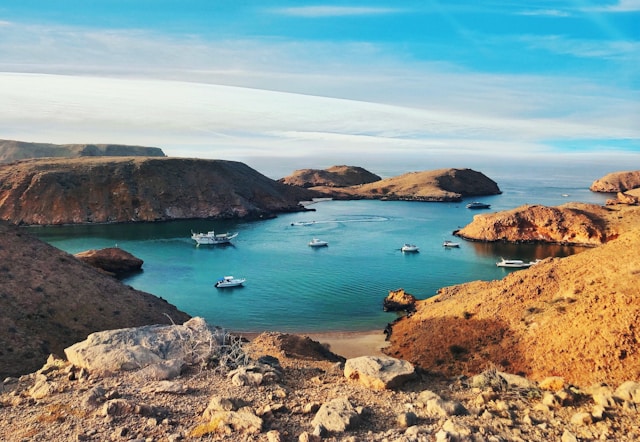The sultanate’s net oil revenues surge, highlighting ongoing economic resilience amid global price fluctuations
Oman’s Ministry of Finance has reported a 2.3% year-on-year increase in public revenues, amounting to 8.12 billion Omani rials (approximately $21.07 billion) from January through the end of August 2024. This growth has been primarily fuelled by a notable rise in net oil revenues, which reached an estimated 4.65 billion rials, marking a robust 12% increase compared to the same period last year.
The average price of oil achieved during this period stood at $83 per barrel, with average production levels around 1.1 million barrels per day. This surge in oil revenues is a positive indicator of Oman’s economic activity, suggesting a healthy circulation of funds within the country. However, it’s important to note that Oman’s economic structure remains heavily reliant on oil and gas revenues, which exposes it to the volatility of global market prices.
While this latest report indicates an overall increase in revenues, it’s worth mentioning that Oman’s public revenue had seen a decline of 2% in the second quarter of the year, reaching $16.1 billion, as reported earlier in August. This juxtaposition highlights the fluctuating nature of Oman’s economic performance.
Embed from Getty ImagesAs part of its Vision 2040 strategy, the Omani government has been actively working to diversify its economy and reduce dependence on hydrocarbons. The ongoing efforts aim to foster sustainable economic growth and resilience against external shocks.
The financial bulletin from the Ministry also revealed a decrease in net gas revenues, which fell to 1.43 billion rials—a 15% decline from the same timeframe last year. This reduction was attributed to changes in the methodology for collecting gas revenues. Moreover, current earnings also saw a decrease of 104 million rials compared to the previous year, settling at approximately 2.23 billion rials.
On the expenditure side, public spending until the end of August reached 7.66 billion rials, reflecting a 7% increase from the prior year. The largest expense category was civil ministry fees, which totalled 5.43 billion rials, although this was a slight decrease of 30 million rials from the previous year. Development expenditures for various ministries reached 735 million rials, achieving an 82% disbursement rate of the total allocated development budget for 2024, set at 900 million rials.
A significant rise in total contributions and other expenditures was noted, amounting to 1.44 billion rials—an increase of 58% year on year. This surge can be largely attributed to the implementation of the new social protection system. Financial support for this system, along with the electricity sector and petroleum products, reached 373 million rials, 295 million rials, and 191 million rials, respectively. Additionally, a transfer to debt repayment provisions totalled 266 million rials.
From a broader economic perspective, the Organization for Economic Co-operation and Development (OECD) has projected a stabilisation in global growth at around 3.2% for 2024 and 2025. The easing of monetary policies in advanced economies and a decline in inflation rates are expected to foster an environment conducive to growth in real per capita income and private consumption.
The U.S. Energy Information Administration has also indicated that Brent crude prices are anticipated to hover around $83 per barrel in 2024, with a slight increase to $84 per barrel expected in 2025.
Furthermore, Standard & Poor’s has upgraded Oman’s credit rating to “BBB-” with a stable outlook, positioning it within the first degrees of the investment grade index after seven years. This upgrade is a testament to ongoing improvements in public finances, driven by government restructuring and development initiatives aimed at balancing revenues and public spending.
Looking ahead, S&P forecasts moderate financial surpluses of 1.9% between 2024 and 2027, alongside an expected growth rate of approximately 2% annually in real gross domestic product. Additionally, financial surpluses in the current account balance are projected at 1.2% of GDP, further underscoring Oman’s cautious optimism as it navigates the complexities of a fluctuating global economy.
